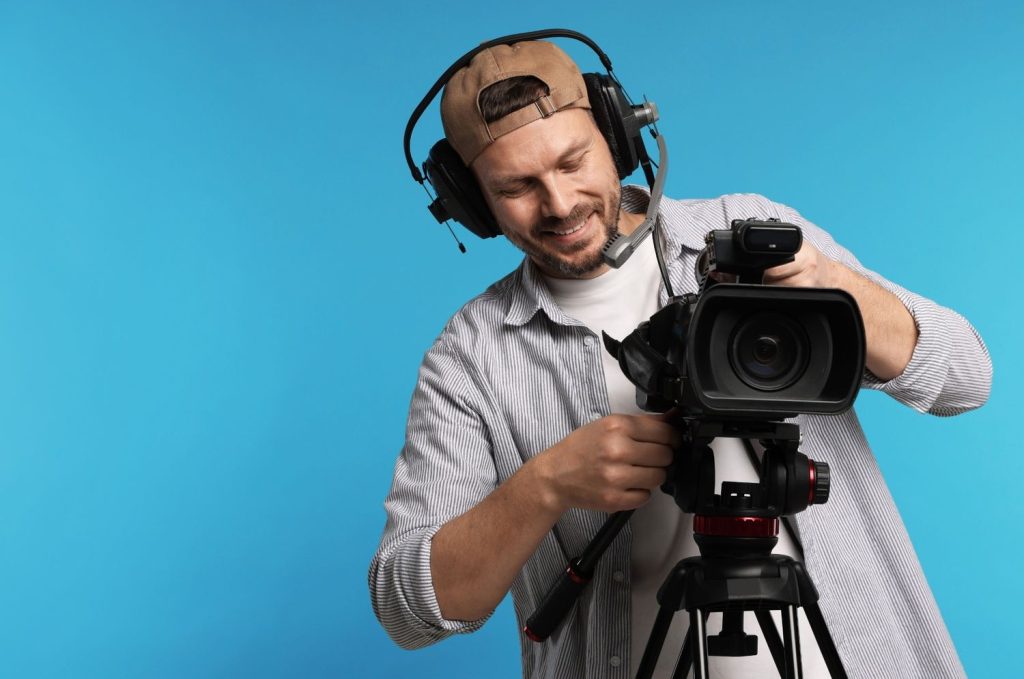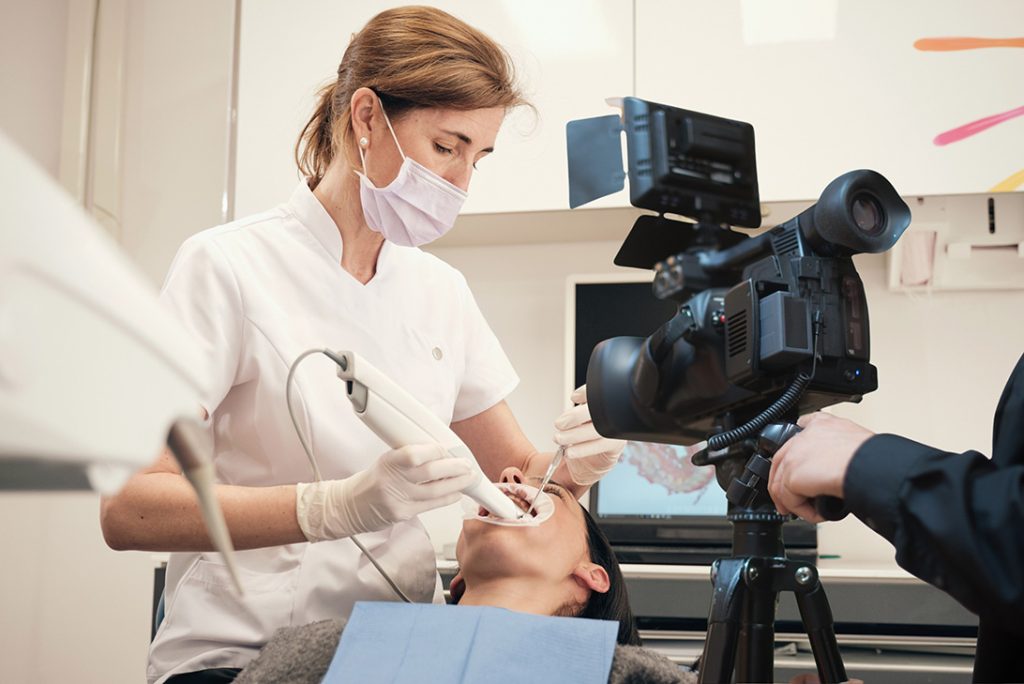How Much Does a Video Production Cost
Why Understanding Cost Matters
Video has become one of the most powerful marketing tools for businesses of all sizes. In Timber Oaks, companies looking to connect with their audience quickly realize that nothing tells a story better than a well-produced video. But here’s the question almost every business owner asks first: how much will this actually cost me?
The truth is, video production costs don’t follow a fixed template. Prices can swing dramatically depending on the type of video, the size of the crew, the gear being used, and even the length of the finished product. Some projects can be completed for under $1,000, while large-scale commercials might climb well into six figures.
Think of it like building a house: two families might both want a “three-bedroom home,” but the price will differ depending on location, design, and finishes. Similarly, every video has unique demands, which shape the final price tag. By breaking down these factors, you’ll gain a clearer picture of what to expect and how to budget wisely.

The Big Picture: What Drives Video Production Prices
The cost of video production is mainly influenced by four forces: people, time, equipment, and complexity. These forces interact with each other, and when one rises, the budget usually follows.
- People – Crew and talent are the backbone of any production.
- Time – More shooting or editing hours increase labor costs.
- Equipment – High-end cameras, drones, or lighting rigs raise rental and operating expenses.
- Complexity – Multiple locations, special effects, and detailed post-production multiply costs.
If you understand these forces, you can make strategic choices. For example, trimming locations or simplifying a script may save thousands without affecting the impact of the final video.
Crew and Talent: Who’s on Set and Why They Matter
Behind every polished video is a team of professionals. For a basic corporate shoot, you may only need a director and a camera operator. But for bigger projects, you might also need:
- A producer to manage logistics and scheduling.
- A sound technician to ensure crisp audio.
- A gaffer to handle lighting.
- A makeup artist to prepare on-camera talent.
- Assistants to move gear and keep things on schedule.
Then there’s talent. Using your own employees can save money, but professional actors or voiceover artists bring polish and reliability. Rates vary: a local actor may charge $200–$500 per day, while a recognized face could cost thousands. In short, the people you hire directly shape the quality of the video and the total bill.
Equipment and Technology: Cameras, Lenses, Lighting, and More
Camera gear isn’t just about resolution, it affects the look and feel of your video. Here’s how equipment impacts cost:
- Entry-level gear (DSLRs, mirrorless cameras) – affordable, but limited in dynamic range and lens variety.
- Professional cinema cameras (RED, Arri Alexa) – high daily rental fees but deliver cinematic quality.
- Lighting kits – essential for setting mood and avoiding flat, amateur-looking shots.
- Drones and stabilizers – add movement and cinematic flair but require skilled operators.
Post-production equipment also matters. Editors using advanced color grading suites and rendering software deliver cleaner, more impactful videos, but the added software and expertise push costs higher.
Location and Permits: The Hidden Budget Items
Shooting in Timber Oaks may seem straightforward, but locations bring hidden costs. Filming in a coffee shop might require renting the space, covering lost business, or paying for special permits. Outdoor shoots often need municipal clearance, especially if you plan to block roads or use drones.
Permits in smaller areas like Timber Oaks are usually cheaper than in major cities, but they still add to your budget. Travel time, insurance, and even parking fees can increase costs. Many clients overlook this category, only to be surprised when location-related fees add up quickly.
Budget Ranges Explained: Micro to Enterprise
Every video falls somewhere between a DIY clip and a Hollywood production. To make budgeting simpler, here are the four common tiers:
Tier 1 – Micro Projects (Social Clips, Single-Camera Shoots)
Cost range: $300–$2,000
These videos are fast, simple, and usually designed for social media. A freelancer with a DSLR might shoot a testimonial, behind-the-scenes reel, or a quick product demo. Editing is straightforward, with minimal color correction or graphics. Perfect for small businesses testing the waters of video marketing.
Tier 2 – Small Business/Local (Explainers, Testimonials)
Cost range: $1,000–$8,000
This range fits many Timber Oaks businesses. Videos include polished corporate explainers, client testimonials, and local commercials. Expect a small professional crew, higher-quality lighting, and basic graphics or animations. These videos often run one to three minutes and look polished enough for websites, YouTube, and ads.
Tier 3 – Branded / Commercial (High-Quality Marketing Videos)
Cost range: $8,000–$50,000
Companies that want to compete with regional or national brands often invest here. These videos may involve actors, multi-day shoots, professional locations, custom music, and advanced editing. They look cinematic and are designed for TV spots or major ad campaigns.
Tier 4 – Enterprise / Broadcast (National Campaigns)
Cost: $50,000+
At this level, productions look like short films. Crews may number in the dozens, and shoots span multiple locations. Union talent, advanced VFX, and custom scoring are common. These projects are for big brands aiming for maximum impact and wide distribution.
Line-Item Budget Breakdown: Pre, Production, Post
Breaking down the budget into stages makes costs easier to understand. Every project involves:
Pre-Production: Concept, Script, Storyboards, Casting
This is where the foundation is set. Pre-production tasks include:
- Concept development – brainstorming creative ideas.
- Scriptwriting – ensuring clear messaging.
- Storyboarding – visualizing the flow.
- Casting – choosing the right talent.
- Location scouting – finding the perfect backdrop.
A well-planned pre-production phase can save thousands by preventing wasted shoot time.
Scriptwriting and Revisions
Professional scriptwriters charge by the hour or project. A clear, concise script shortens production and makes editing easier. Budget for at least one or two rounds of revisions.
Casting and Talent Fees
Rates depend on experience and usage rights. A non-union actor may cost a few hundred dollars, while a union actor could run into thousands. Always clarify where the video will be used , local vs. national distribution impacts the fee.
Production: Crew, Equipment Rental, Direction, Locations
This stage is where the bulk of the budget often goes. You’re paying for crew day rates, gear rentals, set design, catering, and transportation. Each extra day adds significant costs.
Crew Day Rates
Day rates vary by role and experience:
- Camera operator: $400–$800/day
- Sound technician: $300–$600/day
- Director: $800–$2,500/day
These numbers add up quickly, which is why efficient scheduling matters.
Equipment Packages and Rentals
Rental houses offer packages that include cameras, lenses, lighting, and audio gear. Costs range from $500/day for mid-tier packages to $2,000+ for high-end cinema setups.
Post-Production: Editing, Color, Sound Design, Motion Graphics
Editing can take longer than shooting. Editors piece together the footage, add graphics, adjust colors, and refine sound. Revisions cost money, so it’s smart to consolidate feedback before sending it back.
Editing and Revision Rounds
Most packages include two or three revisions. Additional revisions usually cost extra. Staying organized with your notes helps avoid ballooning expenses.
Music, Sound Effects, and Licensing
Using copyrighted music without permission can lead to fines. Licensed stock tracks cost $30–$500, while custom compositions run $1,000–$10,000.

Special Costs: Music Licensing, Actors, Travel, VFX
Specialized needs increase budgets. Green-screen shoots, 3D animation, or CGI require skilled artists and longer timelines. Travel and lodging for out-of-town shoots also pile on costs. These are often the “surprise” items for first-time clients.
Pricing Models: Hourly, Day Rate, Fixed Package, Retainer
Different projects call for different billing models:
- Hourly – Good for small tasks like editing short clips.
- Day Rate – Standard for crew and gear.
- Fixed Package – Works well when the scope is clearly defined.
- Retainer – Best for businesses needing consistent video output.
How to Estimate Your Project: Step-by-Step
Here’s a simple way to create an estimate:
- Define your video’s purpose and length.
- Outline crew needs.
- Estimate the number of shoot days.
- Add post-production hours.
- Include licenses, travel, and permits.
- Add 10–20% as a contingency buffer.
Nightwolf Productions Pricing Approach in Timber Oaks
Nightwolf Productions has built a reputation in Timber Oaks for balancing quality with budget-conscious strategies. Instead of forcing clients into rigid packages, they customize quotes based on goals and scope.
For small businesses, they might suggest a one-day shoot with basic editing. For larger clients, they can handle multi-day productions with actors, advanced graphics, and cinematic polish. Their local expertise also means fewer surprises with permits, travel, or vendor fees.
If you’re a Timber Oaks business, Nightwolf Productions offers a tailored approach that saves money without cutting corners.
How to Get Accurate Quotes: What to Share with a Producer
When asking for quotes, be prepared to share:
- Project goals and intended audience.
- Video length and platforms (YouTube, Instagram, TV).
- Creative direction or sample videos you like.
- Budget range and deadlines.
The clearer your brief, the more accurate your quote will be.
Tips to Save Money Without Sacrificing Quality
- Keep scripts short and focused.
- Use local locations and talent.
- Film multiple videos in one shoot.
- Choose affordable music licenses.
Limit revisions by giving clear feedback.
Contract Essentials and Payment Terms
A contract should cover deliverables, revision rounds, timelines, usage rights, and payment schedules. Most production companies require 30–50% upfront, with the remainder due on delivery.
Questions to Ask Before You Sign
- Who will be my main point of contact?
- How many revisions are included?
- What costs are not covered in the quote?
- How long will editing take?
- Do you own or rent the equipment being used?
Quick Pricing Examples and Case Studies
- Local Café Promo (Timber Oaks): One-day shoot, interviews, b-roll, music license. Cost: $2,500–$6,000.
- E-Commerce Product Demo: Two-day shoot, motion graphics, voiceover. Cost: $6,000–$18,000.
- Regional Commercial: Multi-day shoot, actors, advanced post-production. Cost: $20,000–$60,000.
Nightwolf Productions Serving the Timber Oaks Community and Beyond in Houston
Nightwolf Productions is dedicated to serving the diverse needs of the local community of Houston, including individuals residing in neighborhoods like Timber Oaks. With its convenient location near landmarks such as the iBis Learning School and major intersections like Western Village Ln. and Sherwood Forest St. (coordinates: 29.809070619728843, -95.57864088826993), we offer commercial video production company Houston services.
Get Commercial Video Production Company Services at Timber Oaks Now
Navigate from Timber Oaks to Nightwolf Productions Now
Strategic Budgeting for Impactful Video Production
Video production isn’t cheap, but it doesn’t have to break your bank either. By understanding cost drivers and planning carefully, you can create a strong video that achieves your goals. For Timber Oaks businesses, working with a trusted partner like Nightwolf Productions ensures you get professional results tailored to your budget.
A good video is an investment, one that can generate leads, improve branding, and connect you with your audience in ways no other medium can.
FAQs
1. What’s better, hiring a freelancer or a production company?
Freelancers are cheaper and flexible, but production companies bring more resources, structure, and polish.
2. Can I make a decent video for under $1,000?
Yes, but it will likely be simple, short, and shot with minimal crew.
3. What’s the biggest hidden cost in video production?
Location fees and permits often surprise clients the most.
4. How long does it take to complete a video project?
Small projects may take a week, while larger commercials can run for months.
5. How much does a professional marketing video cost in Timber Oaks?
Most businesses spend between $2,000 and $8,000 for a polished local marketing video.
Related News







